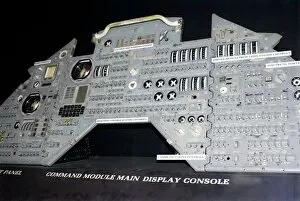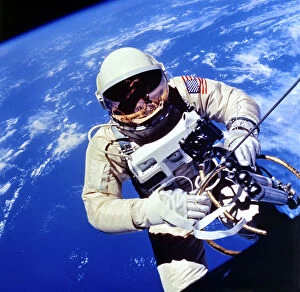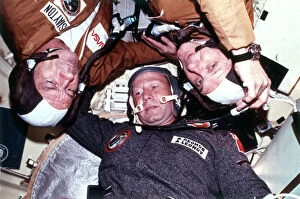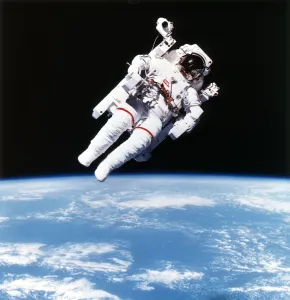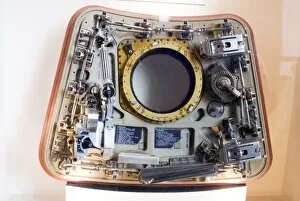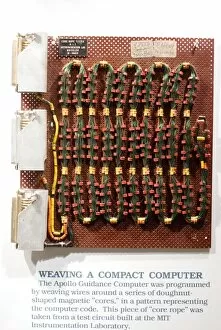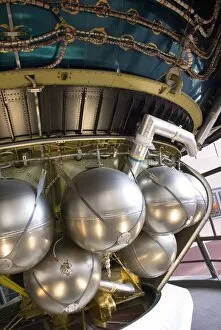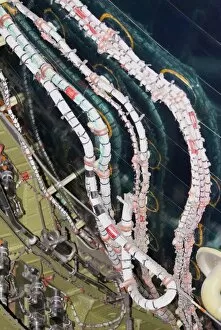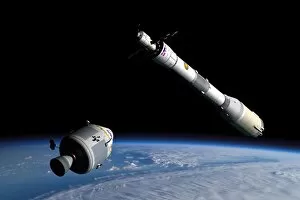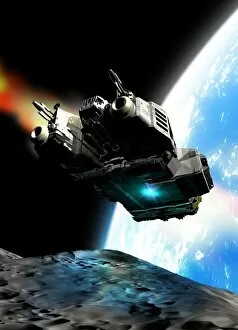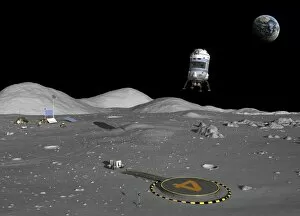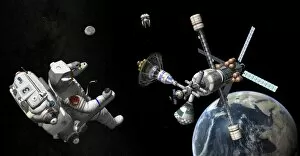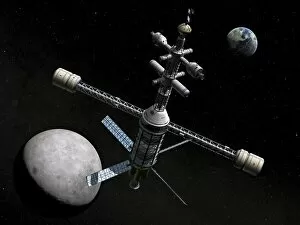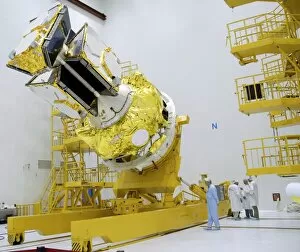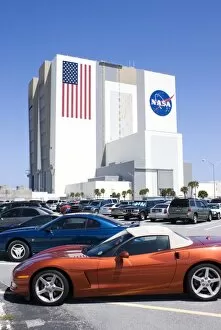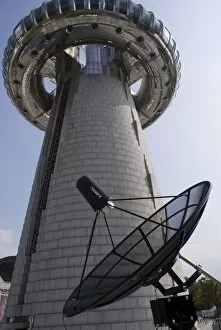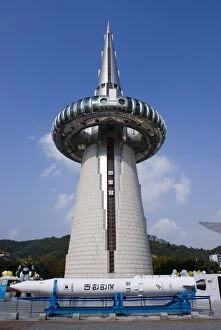Space Technology Collection
"Exploring the Final Frontier: Unveiling the Marvels of Space Technology" Witness the intricate Apollo control panel, a testament to human ingenuity and precision
All Professionally Made to Order for Quick Shipping
"Exploring the Final Frontier: Unveiling the Marvels of Space Technology" Witness the intricate Apollo control panel, a testament to human ingenuity and precision. US Astronaut Edward H. White II fearlessly carries out external tasks, pushing boundaries beyond Earth's atmosphere. Behold the majestic Hubble Space Telescope gracefully orbiting our planet, capturing breathtaking images of distant galaxies in the 1990s. The historic joint mission between US and USSR brings two crews together in Earth's orbit during ASTP docking, fostering international cooperation among space explorers. In 1984, US Astronaut Bruce McCandless embarks on an awe-inspiring spacewalk, defying gravity with his jet-propelled backpack. Gaze upon the colossal Saturn V rocket tank that propelled humanity towards lunar exploration during the Apollo missions. Step through history as you peek into an Apollo command module hatch - a gateway for brave astronauts venturing into space's unknown depths. Delve into the memory banks of an Apollo guidance computer; witness how cutting-edge technology guided humans to reach new celestial heights. Meet Kevin Grossman, project lead for GaLORE - Gaseous Lunar Oxygen from Regolith Electrolysis - paving the way for sustainable life support systems on future lunar missions. Engrossed attendees at USA Science and Engineering Festival listen intently as a NASA staff member unravels landing technology advancements crucial for safe returns from outer space. Space technology continues to captivate us with its innovation and limitless possibilities – propelling humanity towards a future where we unravel cosmic mysteries and expand our horizons beyond imagination.

